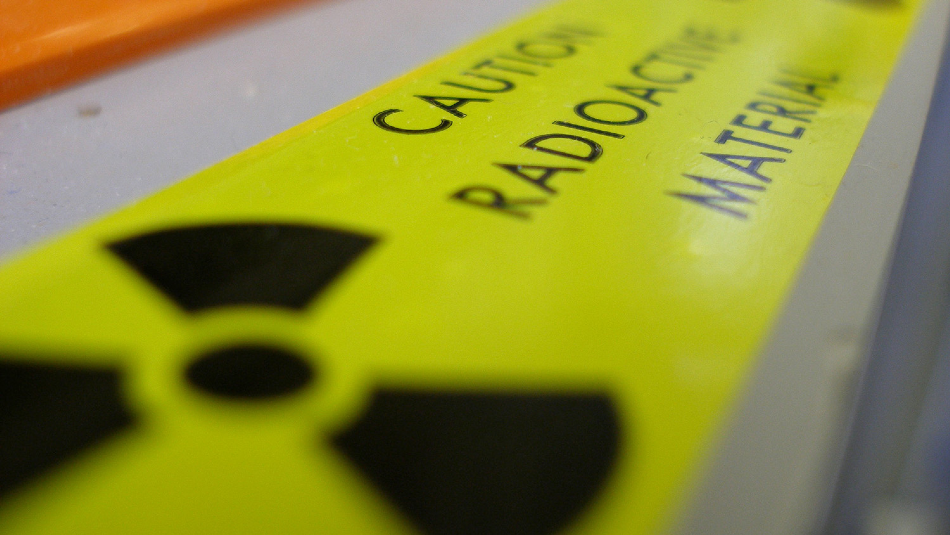Mar 27 2020
At the North Carolina State University, researchers have devised a new method that enables identifying the historical location and distribution of radioactive materials, for example, weapons-grade plutonium.

Image Credit: North Carolina State University.
Using this method, it could be possible to make use of common building materials like bricks as a three-dimensional (3D) “camera,” which utilizes residual gamma radiation signatures to capture a snapshot of radioactive materials even is they have already been eliminated from a site.
“This research builds on our previous work, which was an empirical demonstration that we could turn a brick into a gamma ray spectrometer—characterizing the energy distribution of a radiation source,” stated Robert Hayes, first author of a paper on the study, who is also an associate professor of nuclear engineering at NC State.
Our new work effectively shows that we could take an array of bricks and turn them into a gamma ray camera, characterizing the location and distribution of a radiation source. Although this time we did not use bricks, instead relying on commercial dosimeters, since it’s a proof of concept study.
Robert Hayes, Associate Professor of Nuclear Engineering, North Carolina State University
Hayes added, “Also, the radiation source we imaged this time was 4.5 kilograms of weapons grade plutonium, whereas we previously used a commercial americium source for the spectrometry demonstration. In this most recent study, we were able to rather accurately predict not only the location of the weapons grade plutonium, but even the radius of the source, just with passive dosimeters.”
Even though we used commercial dosimeters here, our findings strongly suggest that we could do the same using building materials, such as brick. That’s because the silicates in brick—such as quartz, feldspars, zircons, and so on—are all individual dosimeters. It is a tedious process to remove those grains from the brick for measurements, but we have done it multiple times.
Robert Hayes, Associate Professor of Nuclear Engineering, North Carolina State University
According to Hayes, “For the goals of this new research, it wasn’t necessary to use brick—we’ve already shown we can do that. This was simply a question of determining how much information we could glean from this approach. And the answer is that we could learn a lot—about the size and shape of the radiation source, as well as the nature of the radioactive material itself.”
This ability for three-dimensional imaging is a novel capability, meaning we can basically see into history in terms of what nuclear material was where or when.
Ryan O’Mara, PhD Student, North Carolina State University
O’Mara is the co-author of the paper titled “Retrospective characterization of special nuclear material in time and space,” which was published in the Radiation Measurements journal.
This study was partially funded by federal grant NRC-HQ-84-14-G-0059 from the Nuclear Regulatory Commission. It was also supported by a joint faculty appointment between North Carolina State University and Oak Ridge National Laboratory in collaboration with the Office of Defense Nuclear Nonproliferation of the National Nuclear Security Administration sponsored Consortium for Nonproliferation Enabling Capabilities under Award Number DE-NA0002576.